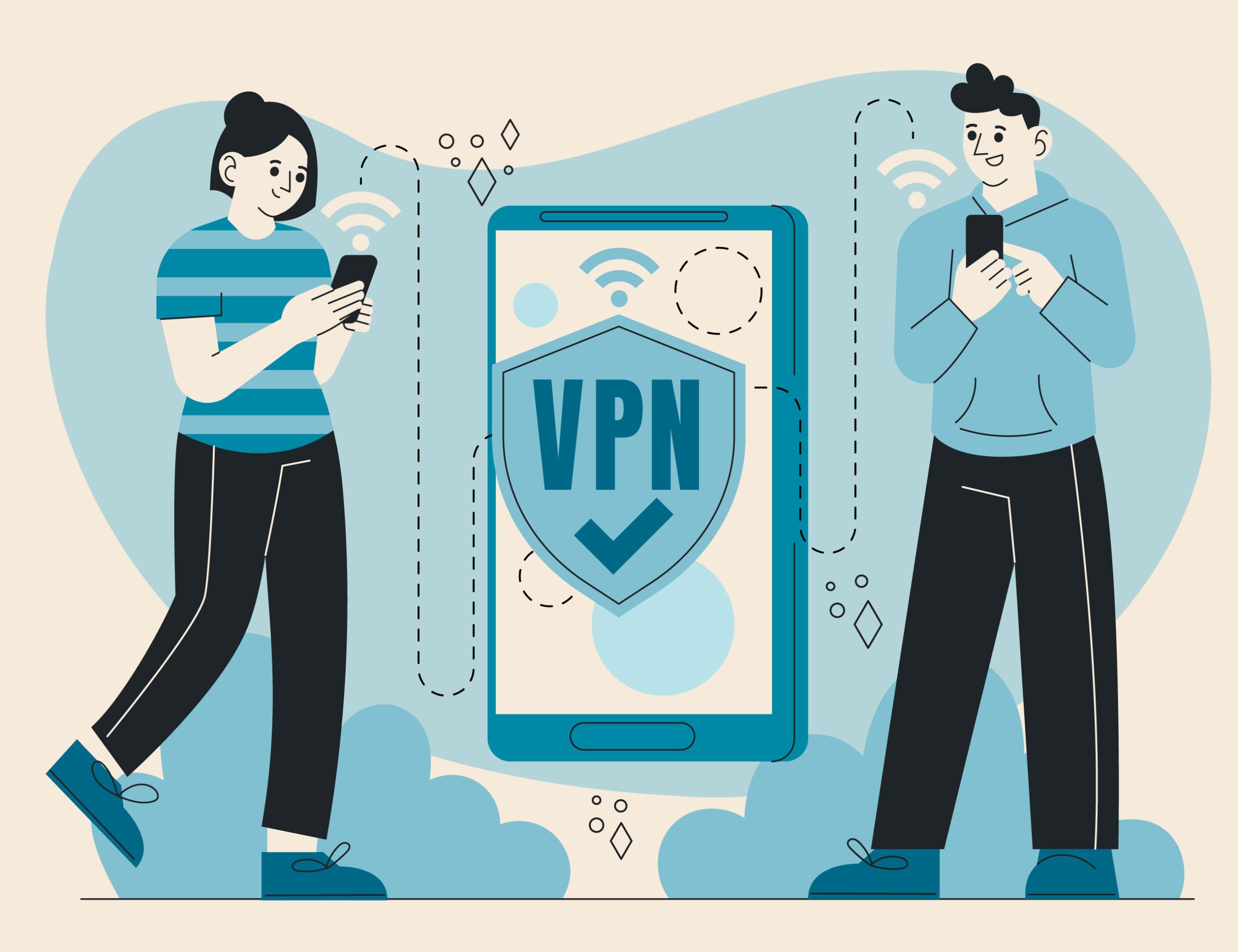A VPN is an excellent tool for preventing data interception and the theft of sensitive information by hackers. Learn what a VPN is and how to set one up for yourself or your entire home network here!
Best VPN for your Home Network
Considerations should be made if you configure a VPN for your home network. First, what is your budget? Several free and paid VPN options are available, so you’ll need to decide which is right for you.
Second, what is your level of technical expertise? Setting up a VPN can be pretty technical, so consider hiring someone if uncomfortable.
Once you’ve considered those two factors, it’s time to view the different VPN options available. If you’re on a tight budget, several free options are available. However, these free options may be less reliable or offer more features than paid options. Some great paid VPNs provide excellent features and reliability if you’re willing to spend more money.
When searching for a free vpn for windows, there are some things to remember.
First, ensure that the service doesn’t keep logs of your activity. Second, look for a provider that offers a high level of security and privacy.
Third, make sure the service has a good reputation. Zoog VPN is an excellent option if you’re looking for a simple, easy-to-use service. When it comes to free VPNs for Windows, we’ve got a few recommendations.
Whatever choice you make, setting up a VPN for your home network is a great way to safeguard your data and maintain your privacy.
What is a Virtual Private Network?
An organization’s internal network can be securely accessed from a distance using a virtual private network (VPN), a private network that uses public infrastructure like the Internet. A VPN can allow employees to connect to the corporate network from outside the office securely.
VPNs can also encrypt traffic between two or more company offices or between an organization and its business partners or service providers.
Your traffic is encrypted and sent through a secure tunnel when you connect to a VPN. Thanks to this tunnel, your data is protected from being intercepted by anyone monitoring your connection, such as your ISP or governmental organizations.
Additionally, all of the data that passes through the tunnel is encrypted, so even if someone could intercept your traffic, they would not be able to read it.
Businesses frequently use VPNs to enable remote work for their employees. Employees can connect to the corporate network using a VPN and access the same resources they would have if they were in the office from anywhere in the world.
It allows businesses to maintain a strong level of productivity even when their employees are not physically present in the office.
By using a VPN, companies can ensure that their data is always secure and accessible, no matter where their employees are. Additionally, VPNs can securely connect two or more company offices. It allows for easy collaboration between employees in different parts of the world.
VPNs come in various forms, each of which has benefits and drawbacks. The most common type of VPN is the IPsec VPN, which uses the Internet Protocol Security (IPsec) protocol to encrypt traffic.
IPsec is a standards-based protocol compatible with many devices and operating systems. However, IPsec can be difficult to configure and is less flexible than other VPN protocols.
How to configure a VPN on a router
Assuming you have a router capable of running a VPN, setting it up is relatively straightforward. You can configure a VPN on your router by following the instructions below.
- Download and install the appropriate firmware for your router. It will typically be either DD-WRT or Tomato.
- Once the firmware is installed, log into your Router’sRouter’s control panel and navigate to the VPN settings page.
- Enter the information provided by your VPN provider into the appropriate fields, such as the server address, username, and password.
- Save your changes and reboot your router.
- Once your Router has rebooted, connect to the VPN using the client software provided by your provider. Through your VPN connection, you should then be able to browse the web safely and privately!
How to configure a VPN on a Mac or PC
You must follow a few steps to install a VPN on your Mac or PC. First, you’ll need to find a VPN service right for you. Once you’ve found a reputable service, you’ll need to sign up and download their software.
Once you have the software installed, setting up your VPN is relatively straightforward. It would help if you chose the server you want to connect to and entered your login information. Some VPNs will also let you select additional options, such as which protocols to use or whether to enable logging.
Of course, using a VPN isn’t just about protecting your privacy online. A good VPN can also help improve your internet speeds by bypassing censorship and throttling from your ISP. Therefore, setting up a VPN is something to consider if you’re looking for a way to enhance your online experience.
Now you have a VPN set up for your entire home network. By following the directions in this manual, you should be able to set up a VPN on any router and relate any widget to it. You can browse the Internet confidently, knowing that your devices are safe. In the comments section below, feel free to ask any questions.
































































